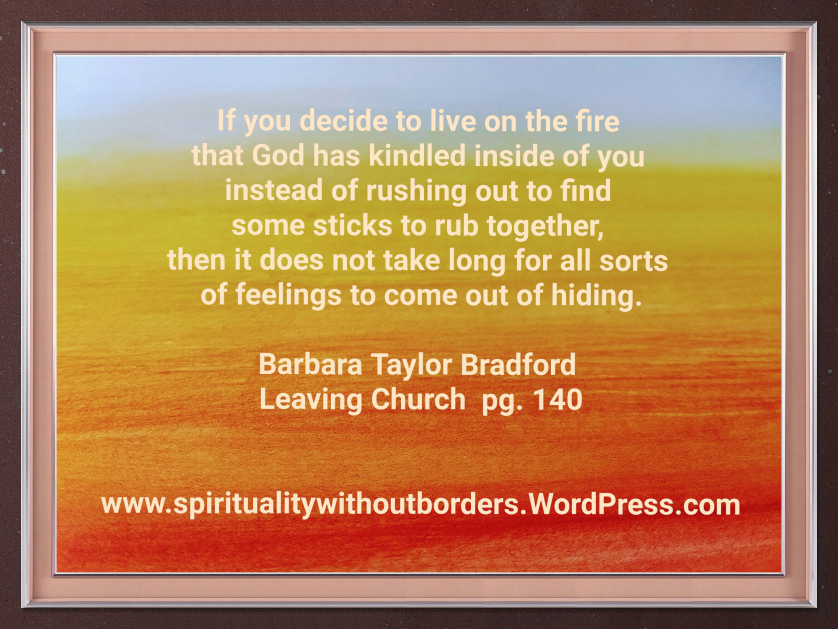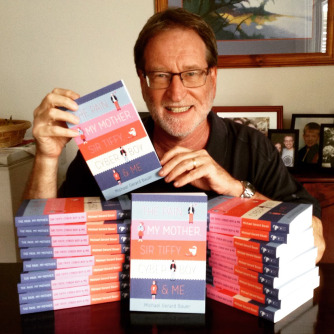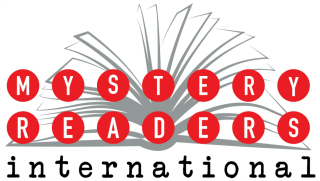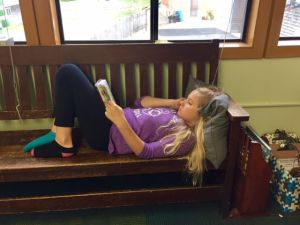
“Education is the most powerful weapon which you can use to change the world.” Nelson Mandela
Recently, during a conversation with my colleagues at the end of a school day, I shared with them that, during a conversation about To Kill a Mockingbird, one of the students expressed surprise that Calpurnia, the Finch family’s housekeeper, is a black woman. Another teacher shared a similar story. We began talking about the importance of pre-existing knowledge, of having a basic understanding of history and an internal timeline to reference. I responded to my student’s question by telling them that a prominent white southern family in the 1930s would, of course, have a black housekeeper. Of course, kids have gaps and they don’t know what they don’t know – but as my colleagues and I continued to talk, I mentioned that several students are obsessed with the Divergent series and other dystopian novels.
That led us to thinking about how, as young people, we learned much of our history through reading historical fiction, and we wondered if the popularity of fantasy novels, has had an impact on what kids know. Dystopian novels are valuable. They allow kids to process uncertainty, ask questions about the world we live in, and spark essential conversation about power dynamics.
But as I thought more about it, I remembered how many more fantasy novels circulate in the school library – compared to historical novels. I also re-read a New York Times opinion piece from this past November called “How to Get Your Mind to Read.” Daniel Willingham, a cognitive scientist and the article’s author, writes:
“…Scores for high school seniors on the National Assessment of Education Progress reading test haven’t improved in 30 years. Many of these poor readers can sound out words from print, so in that sense, they can read. Yet they are functionally illiterate – they comprehend very little of what they sound out. So what does comprehension require? Broad vocabulary, obviously. Equally important, but more subtle, is the role played by factual knowledge.”
Willingham’s article provides clear examples of how much more successful students are when they have “broad knowledge.” Here’s a link to the full piece:
All of this reminded me of how much I learned as a child from reading historical novels. It was not always the best of what was being published; I read indiscriminately, everything from Rebecca of Sunnybrook Farm to Roll of Thunder, Hear My Cry. It took time for me to discern what was good, but in the meantime, I learned the basics of American history, how attitudes have changed over time, and how people have been treated based on their race and ethnicity. I laid the foundation so everything that followed had something to stand on.
There is lots to think about here: the teaching of history, the role of technology on our limited attention spans, and how we can encourage kids to read more of the excellent historical fiction and nonfiction available to them. Not at the exclusion of fantasy which has much to offer, but rather as part of a well-balanced reading diet.
Here are twelve excellent historical novels for middle grade readers:
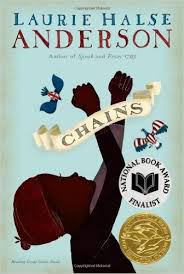
Chains by Laurie Halse Anderson (the first in the Seeds of America trilogy, Chains follows the story of Isabel, a 13-year-old slave girl fighting for her freedom in New York City at the start of the Revolution)
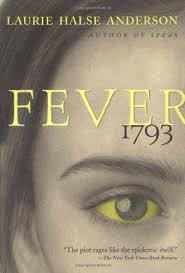
Fever 1793 by Laurie Halse Anderson (the yellow fever epidemic in Philadelphia in 1793)
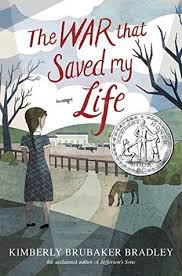
The War That Saved My Life by Kimberly Brubaker Bradley
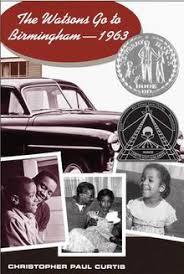
The Watsons Go to Birmingham by Christopher Paul Curtis (an African American family travels from Michigan to Birmingham, Alabama in 1963)
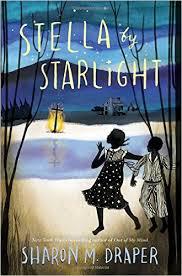
Stella by Starlight by Sharon Draper (Depression-era North Carolina)
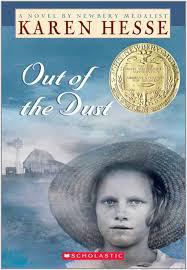
Out of the Dust by Karen Hesse (a young girl’s struggle for survival during the Dust Bowl)
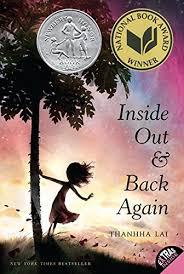
Inside Out and Back Again by Thanhha Lai (a Vietnamese girl’s experience moving from Saigon to Alabama)
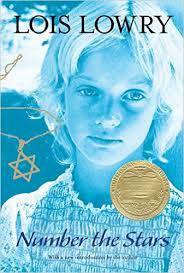
Number the Stars by Lois Lowry (A Danish family hides a Jewish friend during WWII)
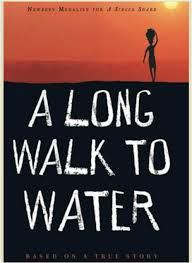
A Long Walk to Water by Linda Sue Park (based on a true story of one of the lost boys of Sudan)
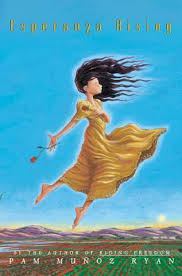
Esperanza Rising by Pam Munoz Ryan (set in the 1930s, a young girl moves from Mexico to California)
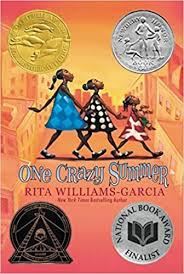
One Crazy Summer by Rita Williams-Garcia (three sisters travel to Oakland, California in 1968)
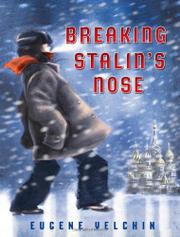
Breaking Stalin’s Nose by Eugene Yelchin (a young Communist during Stalin-era Russia)
There are many more excellent historical novels for kids, but this shows a range of places to jump in: African American history, the Dust Bowl, World War II, the American Revolution, and more.
And wherever you live, there are places to visit to make these stories come to life, to take a break from virtual reality and re-enter the world.
Happy Reading!
Advertisements Share this:
- Share



